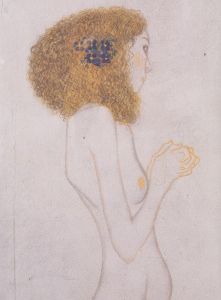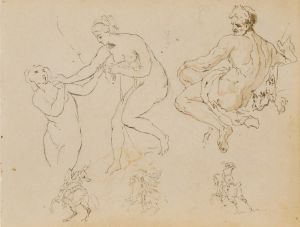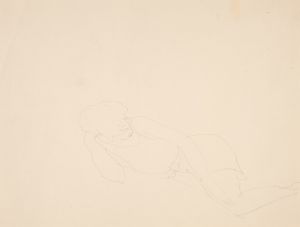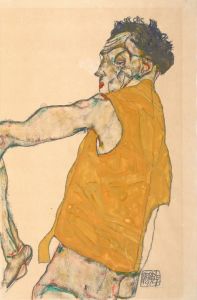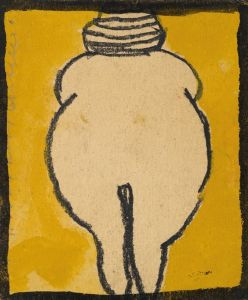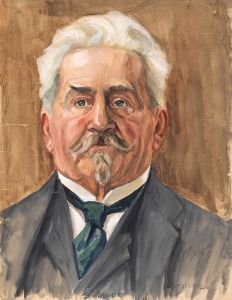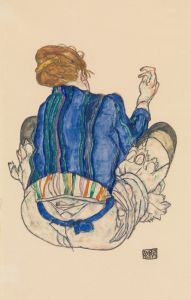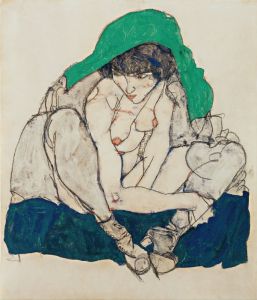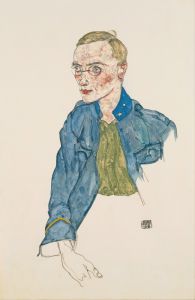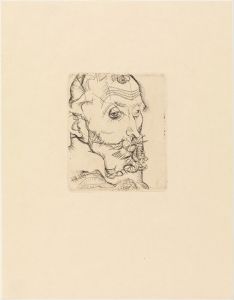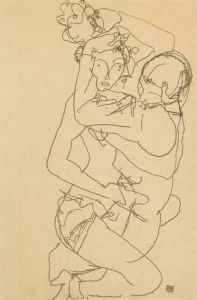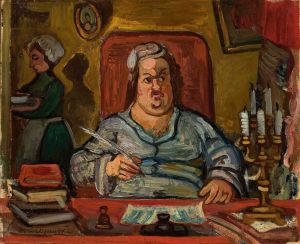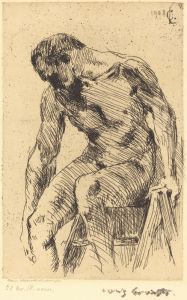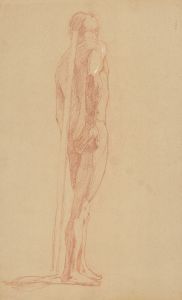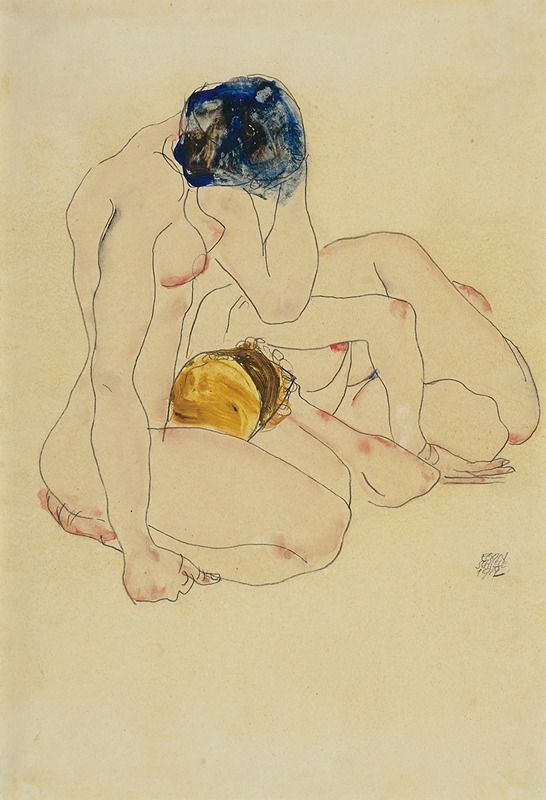
Zwei Freundinnen
A hand-painted replica of Egon Schiele’s masterpiece Zwei Freundinnen, meticulously crafted by professional artists to capture the true essence of the original. Each piece is created with museum-quality canvas and rare mineral pigments, carefully painted by experienced artists with delicate brushstrokes and rich, layered colors to perfectly recreate the texture of the original artwork. Unlike machine-printed reproductions, this hand-painted version brings the painting to life, infused with the artist’s emotions and skill in every stroke. Whether for personal collection or home decoration, it instantly elevates the artistic atmosphere of any space.
"Zwei Freundinnen" (Two Friends) is a painting by the Austrian artist Egon Schiele, created in 1915. Schiele, a protégé of Gustav Klimt, is known for his distinctive style that often explores themes of sexuality, death, and the human form. His works are characterized by their raw emotional intensity and unique, often distorted, portrayal of the human body.
"Zwei Freundinnen" depicts two women in a close, intimate embrace. The painting is notable for its bold use of color and the expressive, almost contorted poses of the figures, which are hallmarks of Schiele's style. The figures are rendered with a combination of sharp, angular lines and softer, more fluid brushstrokes, creating a dynamic tension within the composition.
The painting reflects Schiele's interest in exploring complex human relationships and emotions. The intimacy between the two women can be interpreted in various ways, but Schiele leaves much to the viewer's imagination, allowing for multiple interpretations. This ambiguity is a common feature in Schiele's work, inviting viewers to engage more deeply with the emotional and psychological undercurrents of his art.
Schiele's use of color in "Zwei Freundinnen" is particularly striking. The vibrant hues of the women's clothing contrast sharply with the more muted tones of their skin and the background, drawing attention to their intertwined forms. This use of color not only enhances the visual impact of the painting but also serves to highlight the emotional intensity of the scene.
Egon Schiele's career was tragically short; he died in 1918 at the age of 28 during the Spanish flu pandemic. Despite his brief life, Schiele produced a significant body of work that has had a lasting impact on the art world. His exploration of the human condition, often through provocative and controversial subjects, has cemented his place as a key figure in early 20th-century art.
"Zwei Freundinnen" is housed in the Leopold Museum in Vienna, which holds one of the largest collections of Schiele's works. The museum is dedicated to Austrian art from the late 19th and early 20th centuries and provides a comprehensive overview of Schiele's artistic development.
In summary, "Zwei Freundinnen" is a powerful example of Egon Schiele's ability to convey deep emotional and psychological states through his distinctive artistic style. The painting's exploration of intimacy and human connection, combined with Schiele's masterful use of color and form, makes it a significant work in the artist's oeuvre and a notable piece in the history of modern art.





